Breeding the Greenfinch
Colour Variant Greenfinches Click Here
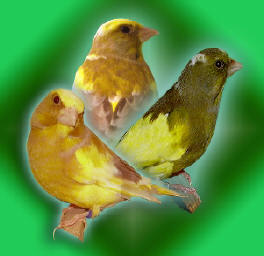
Greenfinches are very easy to breed and an Excellent starter species for the complete novice to gain experience with, they are available in many colours, they can be bred in large cages or aviaries.
I personally have started to concentrate on the pied of this species a quality pied should be 50% variegated and the colours should be rich and not washed out the bird should be large and the type should be as the normal, this is very hard to achieve as most Pieds are smaller but with selective breeding we will start to see this improvement.
The treatment of the greenfinch is the same for all the colours, although when pairing up this finch it is important to know what colours to pair together as this is a minefield I cannot go into it at this time.
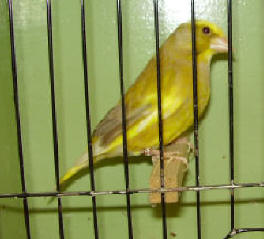
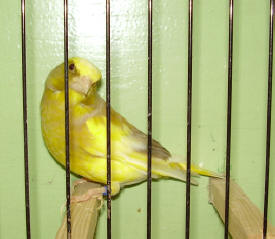
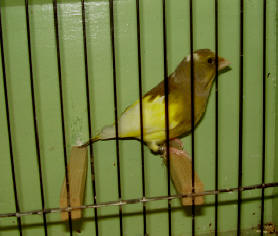
Breeding Pairs and trios
Cocks should always be removed once the hen has started to incubate the clutch as they normally cause the hen trouble and just interfere
cocks can be used with several hens
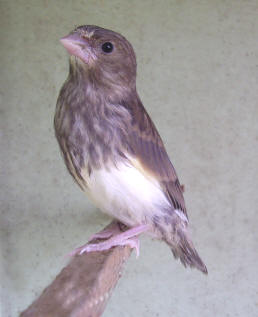
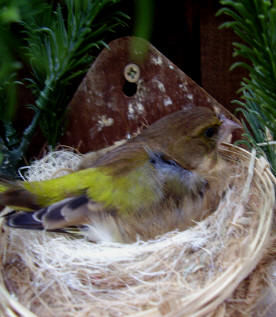
Far Left:
Young pied at
18 days old
Left: Hen sitting,
2nd hen from trio above with lightly marked pied cock
Young at 11 days old
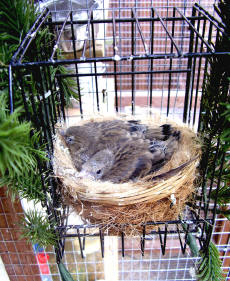
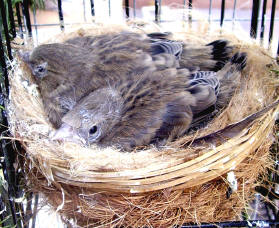
2010 Nest of 5 Pied Greenfinches
To breed the Pied Greenfinch you will only require 1 pied bird and 1 normal coloured bird this should give you 50% pieds and 50% Normals as the mutation is form of Dominant,
The youngsters will be visual there is no such thing as a carrier in Dominant pieds, the bird is either pied or not if you use this rule you will almost always breed pieds, don't trust to birds with no visual markings. some pieds look normal but will have some or all white toenails these birds will breed pieds of varying variegation when either paired to a Normal or pied.
Just leaving a pair together all season will not work if after 4 to 6 weeks your pair show no interest to nest swap them around or move the pair sometimes just split the pair for a week has the desired effect.
Variety of pied
in one nest
As you can see this nest of youngsters show a variety of pied also it shows that all the birds you breed will not have the same amount of variegation, Here you see from the left a very pale 50/50 pied, a Cinnamon pied, a 50/50 bright yellow pied, and a pied with just a few ticks and the odd light feather, the last bird was 80% clear and can be seen in the picture below.
These youngsters were bred from a normal split for Cinnamon pied cock and a normal pied hen.
I have not gone fully into the Pied Inheritance as this section is only to give a brief insight into this newish variety and is only to help newcomers. has a website just on this species alone could not cover everything.
ALL PICTURES ON THIS WEBSITE ARE COPYRIGHTED